Tue, 31 Mar 2015 . Last updated Fri, 08 May 2015 20:09
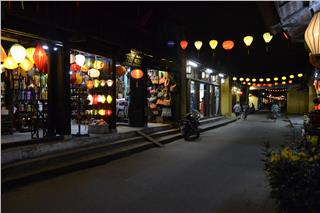
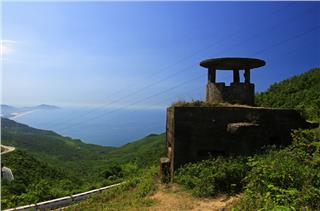
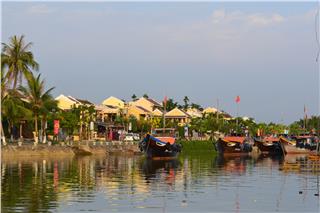
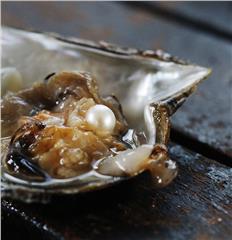
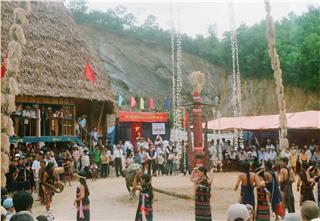
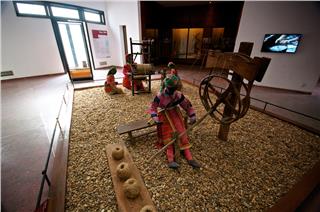
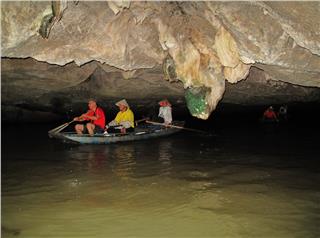
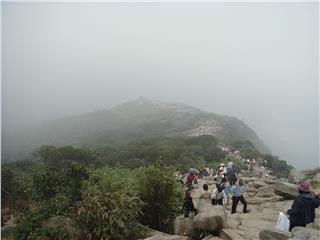
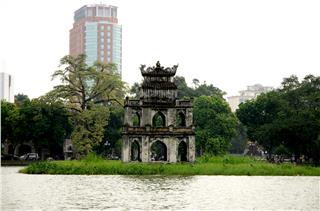
Mekong River stretches over 400km through the countries. On the way to the East Sea, nine branches of Mekong River has made up a fertile plain with green trees, fresh fruits and the vast rice fields for the southern land of the country. The natural condition and the labor of ethnic groups have formed many communities bearing their own cultural identity which is both deep and diverse. According to the development of the country, Mekong River Delta is also transforming. Among the important economic fields of this region, tourism – the non-smoke industry is also vibrant every day.
Preoccupation with the achievements and unrealized aspirations, the tourism industry is looking forward to the long-term and sustainable solutions for it activities. In recent years, through research and testing, the tourism industry has indentified a new way to promote the highest strength of the nine-dragon land. That is the type of community based tourism development in the Mekong River.
In the past years, Vietnam tourism has achieved the encouraging results. The number of international tourists to Vietnam increases from 250 thousand in 1990 to 1.3 million in 1995 and more than 4 million in 2007. Despite reaching the steady growth in international arrivals but there are 50% of tourists who left Vietnam earlier than planned, over 80% of them said that they would not come back again. Mekong River tours are mainly arranged by travel companies in Ho Chi Minh City, so the time of visiting and staying is not long.
In the period from 2000 to 2005, the period of stay is 1.7 days on average for foreign tourists and 1.3 days for domestic ones. The stay time is short, so the revenue from tourism sector is limited. More important, the population at the tourist destinations did not yet improve their lives. There are many reasons for this situation, but it is important that tourists did not satisfy with tourism products of our country, especially the cultural tourism products.
When the Vietnam economy deeper integrates into the world economy, the renewing and diversifying the tourism products is prioritized to create the attractions to tourists. The tourism is the cultural activity of human to satisfy the demand of relaxing, exploring, learning and experiencing the values outside their homeland. In fact, millions of tourists come to Vietnam not only for swimming or enjoying the wildlife but also for exploring the traditional cultural values of ethnic groups with the uniqueness and mystery. And the community based tourism is the answer to their wishes.
Speaking to the community based tourism in Mekong delta, we cannot fail but mention the eco-garden tourism organized by local people and local tourism organizations. Leaving the massive concrete buildings, crowded streets, busy commercial centers, tourists often find peaceful moments to breathe fresh air and mix with the wild and quiet nature. Participating in the ecotourism community, tourists can go on the immense flow of Tien and Hau River or weave between the canals with green shade trees. Not only contribute to the hospitable and gentle style of people, landscape in the river region is reminiscent of ancestors who explored and conquered the new land.
Visiting the gardens of southern farmers, tourists seem to forget the hardships and worries of life. The community based tourism development is the only sustainable solution to maintain the biological diversity of the wetland gardens. Recently, the ecotourism garden has more strangely attractive forms. Among them, bailing out and fishing are the most favorite activities for tourists. Through these activities, tourists can feel somewhat the struggles and joys of residents here.
“Don Ca Tai Tu” is an indispensable performance in ecotourism community tours, because it is a distinctive cultural feature of the southern region. In the ancient time, ancestors combined harmoniously between Hue royal court music and the folk songs of the South to form a unique genre of music until now. After nearly 3 centuries, “don ca tai tu” has become a vital part of the ecotourism activities. Not only enjoy the smooth folk songs, tourists also understand the creativity and admire the talent of farmers.
In the ecological tour in Vinh Long, tourists have the chance to enjoy “mua bong” performance - a traditional art form of the South. “Mua bong” is result of the cultural exchange between Cham ethnic group and Viet people. However, “mua bong” is descending the sacred rituals to become “dien xuong” focusing on gestures and skill to show the clever of performers. The cultural features of residents bring the surprise for tourists.
In addition to admiring the natural landscapes, the community based tourism also associates with exploring and learning about the distinctive features in the daily lives of local people. Ong Ho Island or so-called My Hoa Hung – the hometown of the late President Ton Duc Thang, was chosen to invest the community based tourism. The characteristics of the rich land are the life of a Vietnamese community in the riverhead. My Hoa Hung attracts numerous tourists by the cool streets, old houses hidden behind the orchard, green trees and smooth fields, even traditional crafts.
In addition, Buu Phuoc temple is one of tourist attractions in Mekong tours. Coming here, any tourists have been fascinated by the legend of this land. The bell of ancient temple make them at ease and sacred. Leaving the island, tourists can explore the farming fish along the river. From few dozen simple boats, local people have expanded the scale to thousands of boats across the river. They have applied methods to raise the productivity and bring the fishes become the famous brand all over the world.
Source: VTC10 - NETVIET

 Đặt vé máy bay cho người Việt?
Bấm vào đây
Đặt vé máy bay cho người Việt?
Bấm vào đây
Our service uses cookies for technical, analytical and marketing purposes. See our Cookie và Privacy policies for more information. If you agree to this, just keep browsing.


